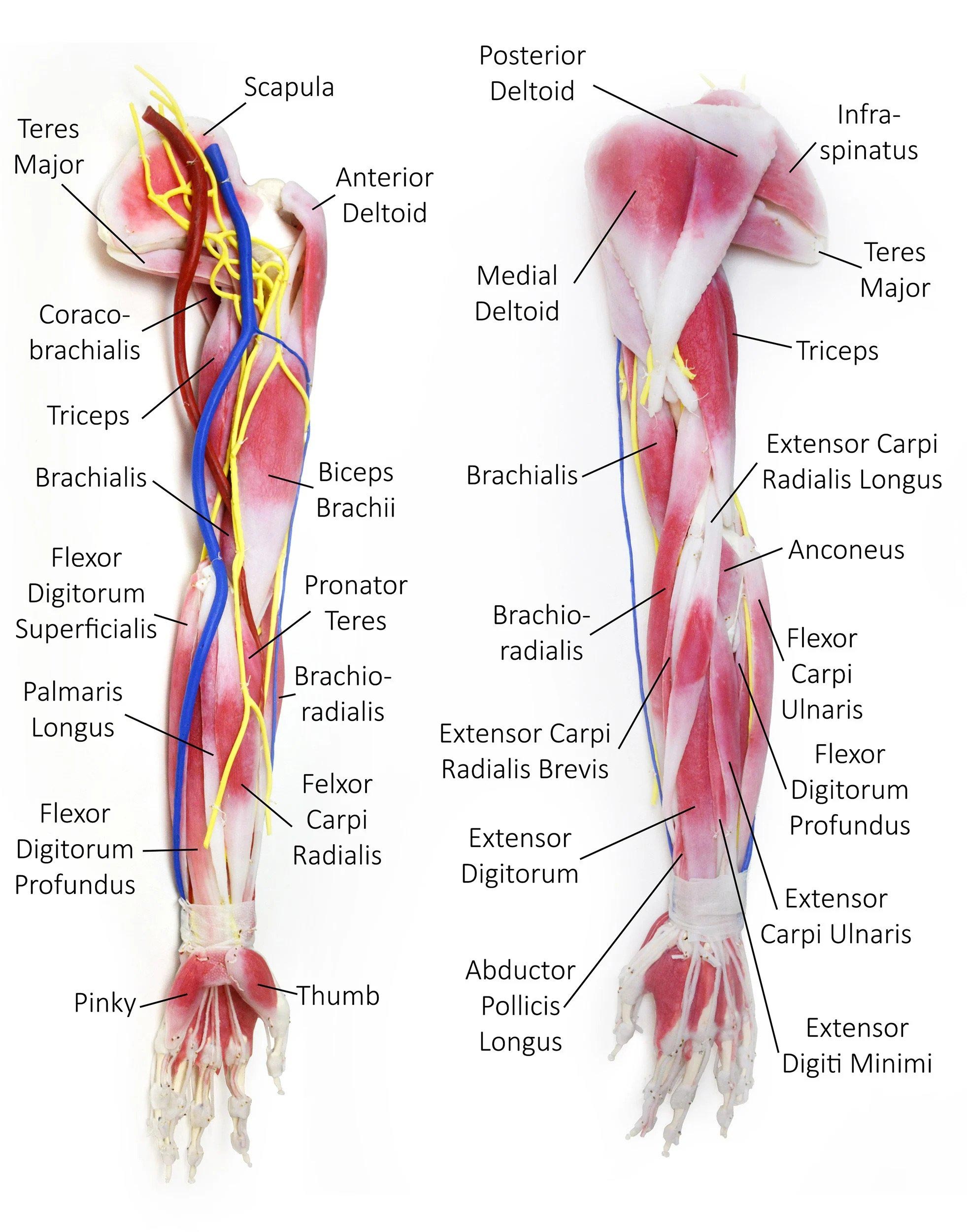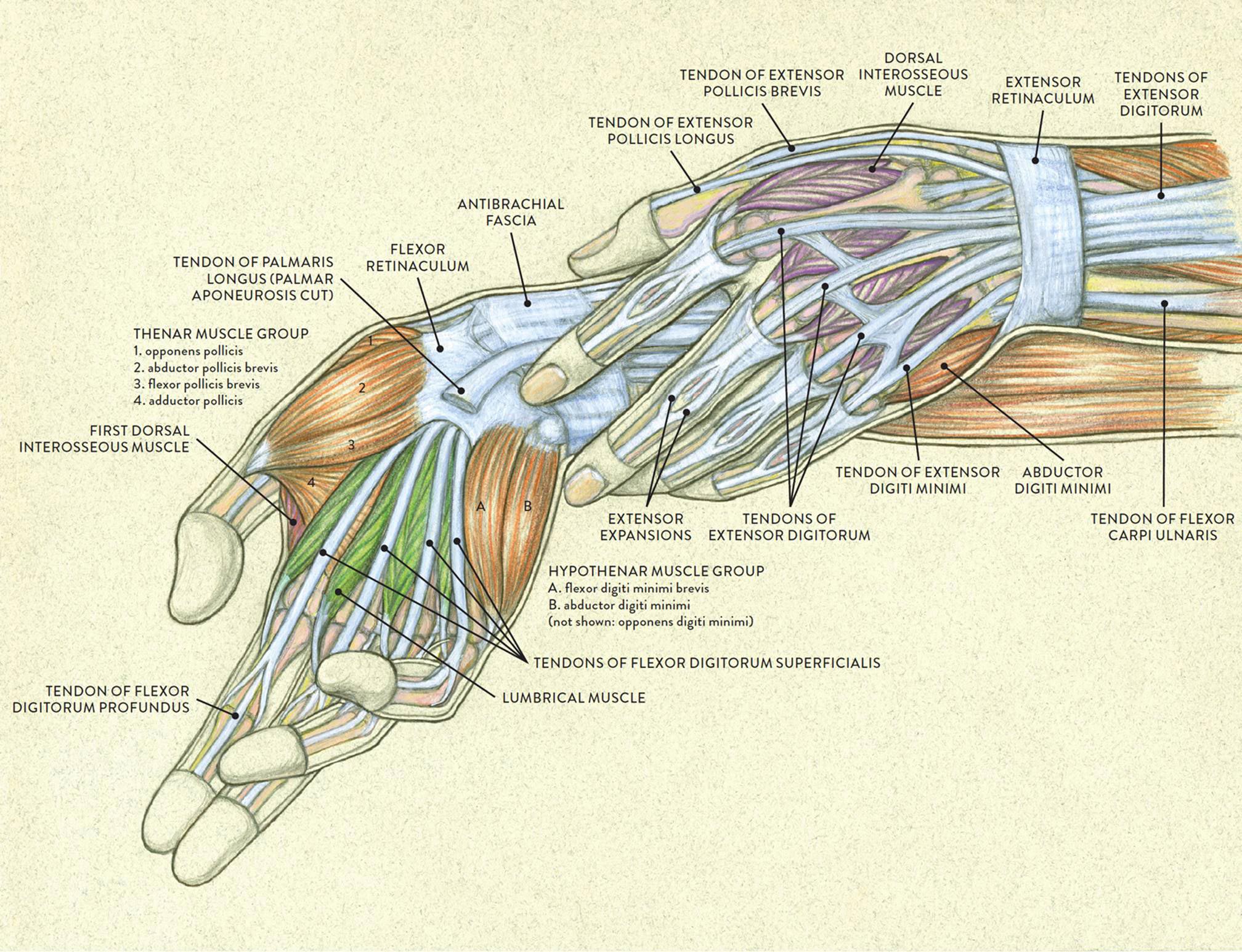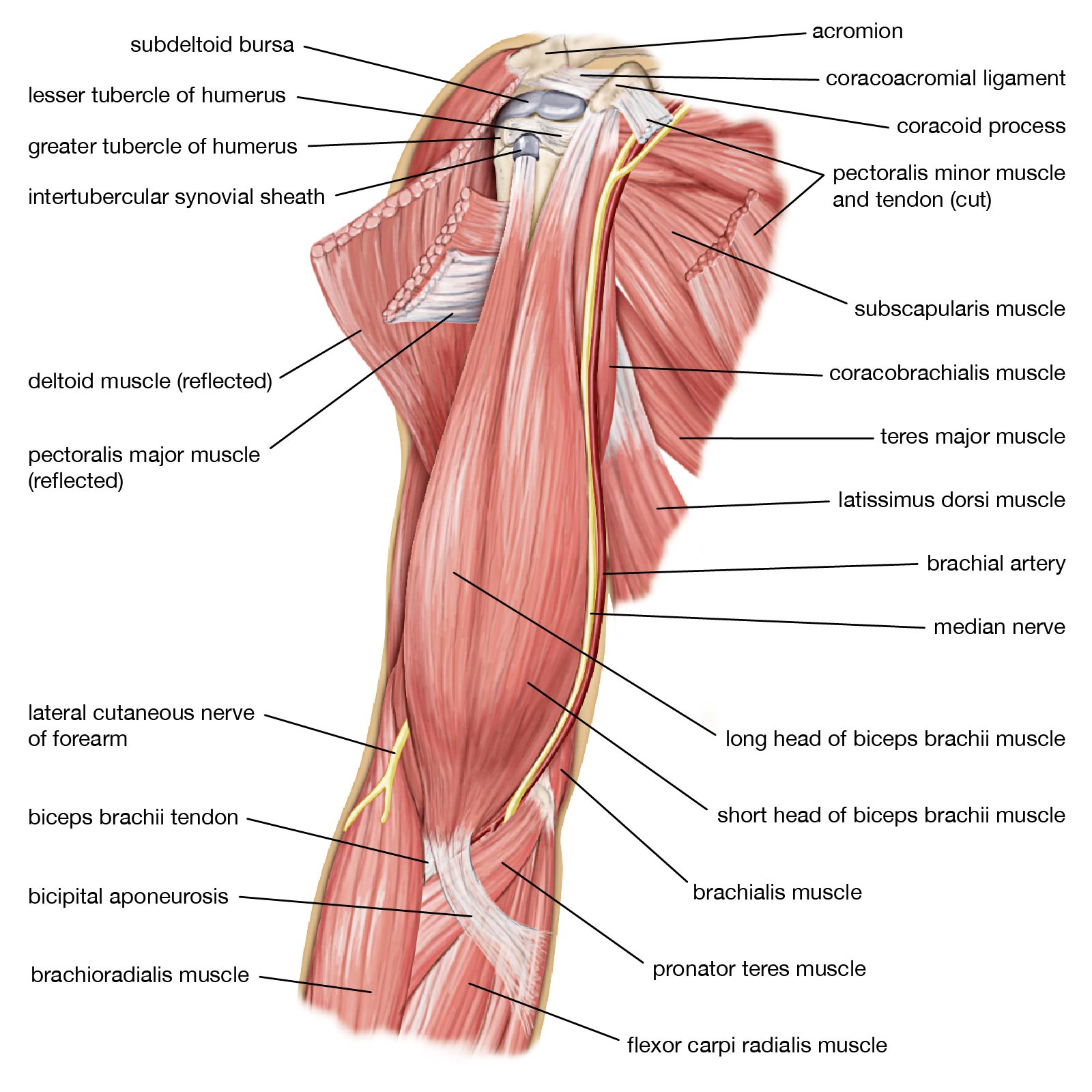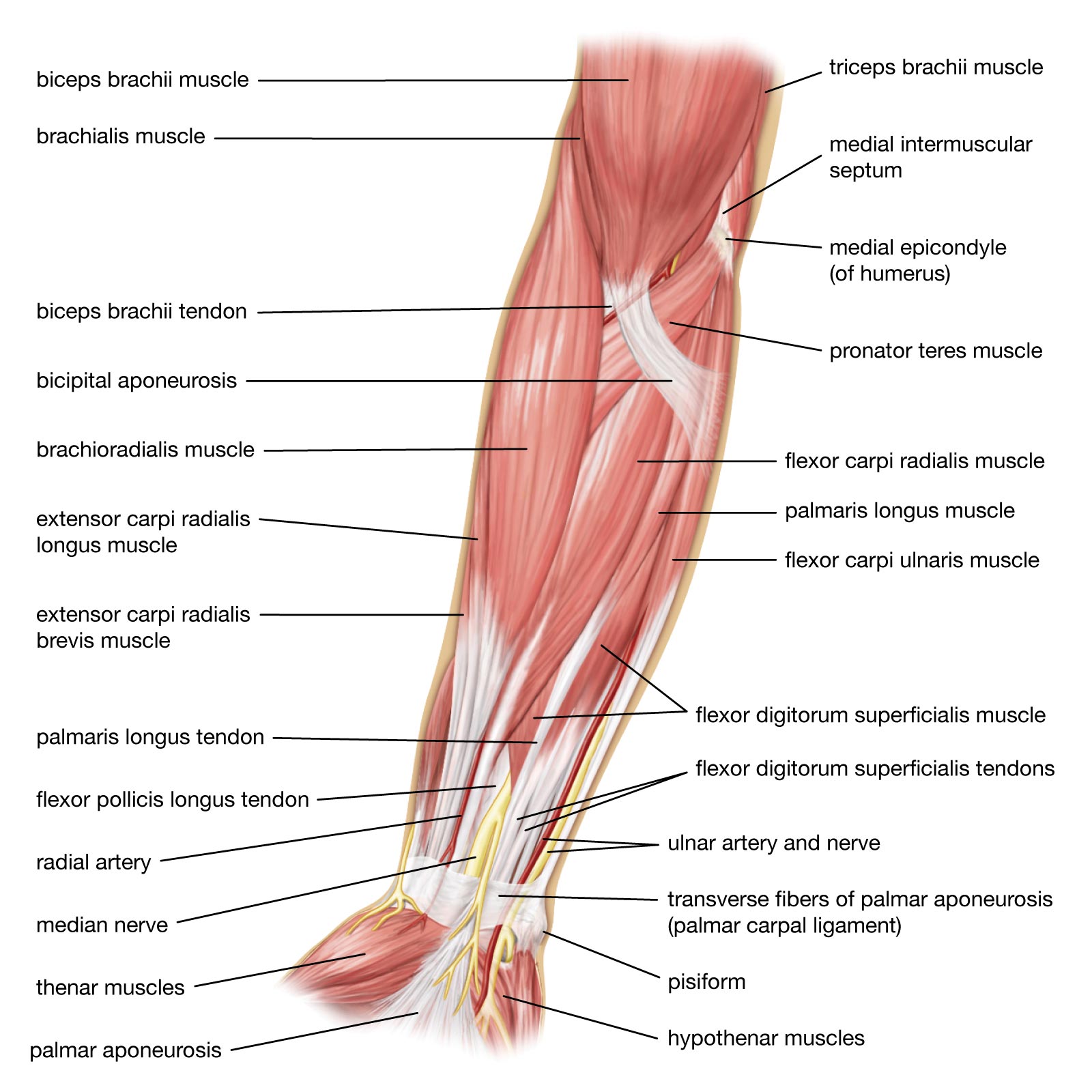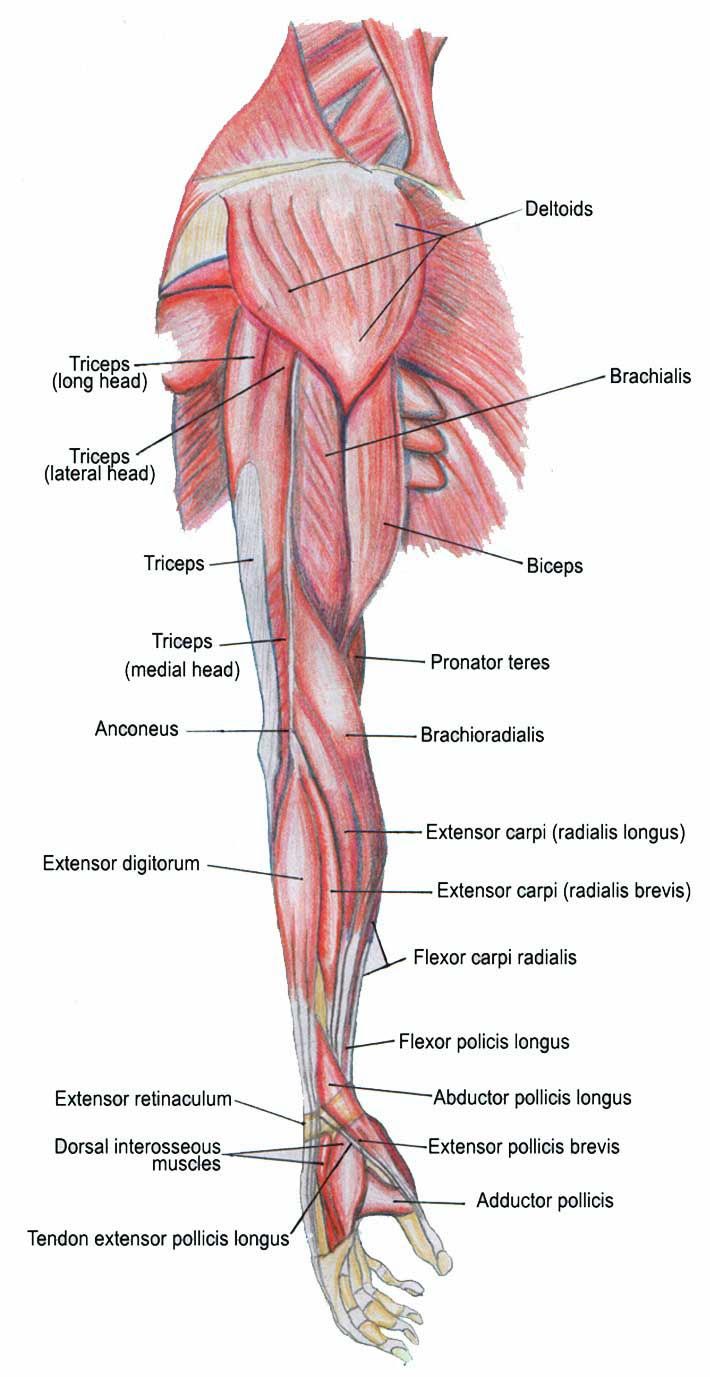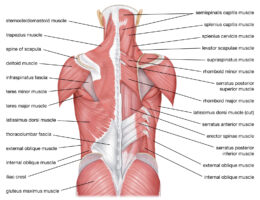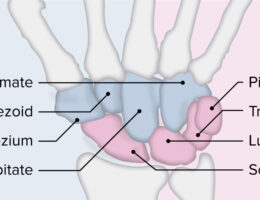The arm is composed of several major muscles that work together to enable movement of the upper limb. Here are the major arm muscles with a brief description:
- Biceps brachii: This muscle is located on the front of the upper arm and is responsible for flexing the elbow joint and supinating the forearm.
- Triceps brachii: This muscle is located on the back of the upper arm and is responsible for extending the elbow joint.
- Brachialis: This muscle is located underneath the biceps and is responsible for flexing the elbow joint.
- Brachioradialis: This muscle is located on the lateral side of the forearm and is responsible for flexing the elbow joint.
- Pronator teres: This muscle is located on the medial side of the forearm and is responsible for pronating the forearm.
- Supinator: This muscle is located on the lateral side of the forearm and is responsible for supinating the forearm.
- Deltoid: This muscle is located on the shoulder and is responsible for lifting the arm away from the body, rotating the arm, and extending the arm.
- Teres major: This muscle is located on the back of the shoulder and is responsible for extending and rotating the arm.
- Coracobrachialis: This muscle is located on the front of the shoulder and is responsible for flexing and adducting the arm.
Each of these muscles has different origins and insertions, but they work together to produce a wide range of movements in the upper limb, including lifting, pushing, pulling, and rotating.

